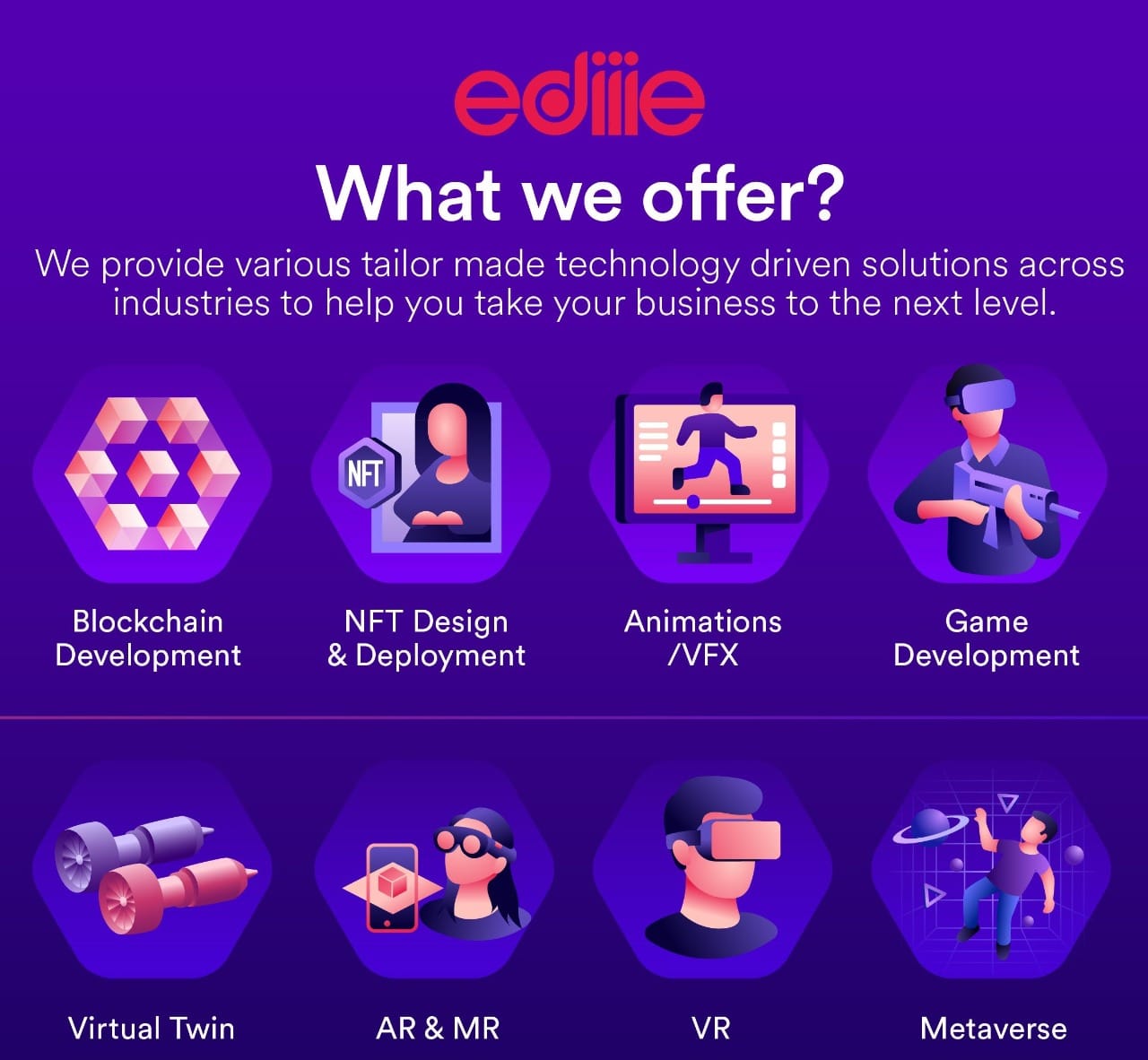Predictive Maintenance and Machine Learning: An Overview of the Process and Benefits
From simple devices to complex hardware and engineering, machines are integral to many industries and leading businesses. Pumps, drills, presses, crushers, band saws – there are many, and they are all important with their uses in different roles while producing or manufacturing.
And like with any business relying on these machines to enable production in their factories or at manufacturing sites, they need to ensure their upkeep and maintenance to prevent any processes from stalling.
The development of the Industrial Internet of Things (IIoT) has seen many industries involved in manufacturing upgrade to smarter, modern equipment and devices. Machines that are enabled with IoT applications and sensors, and tools to record the data it collects while functioning.
However, many manufacturing companies either discard or don’t use the data they can regularly collect from their machines. Almost 98%, according to a survey by Fero Labs. And that’s because most factories and businesses lack the analytical capabilities to use this data and improve their operations.
Predictive Maintenance and Machine Learning are Industry 4.0 solutions that are designed to solve this gap between data and the analytical insights each company needs.
- With an expected market size of around $16 billion by 2026, predictive maintenance is also one of the key segments of value creation, as research by McKinsey & Company on the Industrial Internet of Things.
So, as we see more and more industries adopt digital technologies for operations in their business, it’s important to take a look at the effects of Predictive Maintenance. Plus the impact of AI and Algorithms on the processes that enable it.
What is Predictive Maintenance and Machine Learning?
The increasing complexity of machines being used in the production processes or in operations across several industries has made their upkeep difficult for maintenance teams.
Even as Industries adopt IoT machines and smart solutions like digital twins in manufacturing, many issues hinder maintaining these machines of differing sizes, components, and gadgetry.
Predictive maintenance with machine learning aims to improve the industry standards of upkeep and maintenance by predicting when certain equipment and types of machinery will require to be replaced, repaired, or serviced.
By being able to intuitively predict when a certain part in a machine or production process will fail, the company will not require scheduled maintenance checks or suffer downtimes and equipment failures during operations.
The use of AI and algorithms in Predictive maintenance as Machine Learning has also evolved the standard techniques. Companies will no longer need to sift through the data their factories collect during the production process.
Instead, predictive maintenance services and tools will analyze massive pools of data and uncover insights into the condition of various machines and their parts for industries to upkeep.
How do Predictive Maintenance and Machine Learning work for any Industry?
Predictive Maintenance with Machine Learning aims to be intuitive in how it handles the upkeep of factory tools and machines. However, it attempts to achieve the calculations it requires to do so by monitoring the condition of machines and their parts through several sensors and the data they feed. For instance, it may rely on sensors measuring:
- The Temperature
- Changes in Pressure
- Vibration Intensities
- Current or Voltage Limits
Then, depending on the machines being used presently in the factory as part of the manufacturing process, Predictive Maintenance with Machine Learning can intuitively guess future issues and highlight work orders for scheduled maintenance. For example:
Measuring changes in vibration and frequencies can be tallied against data on previously recorded malfunctions and used to root out situations where increased vibrations and patterns could indicate machine failure.
A fluctuation in the measured temperatures could signal inadequate output from cooling solutions. Plus, an increase in temperatures could also lead to machines underperforming or their components getting damaged.
Predictive Maintenance and Machine Learning can work together with failsafe mechanisms to shut down operations in case temperature limits are reached and prevent catastrophic damages to the machinery.
The pressure of liquids like water, coolants or oil, etc., flowing through pumps is essential to gauge the output of machines used in heavy equipment like drills, pumping oil and more.
Analyzing the pressure levels and highlighting deviations can similarly prevent pumps or pipes from failing to perform as required with timely maintenance and upkeep.
Predictive Maintenance with Machine Learning can prevent downtimes in this manner and enable factories to not rely overtly on scheduled maintenance sessions.
They can use these tools to effectively monitor and predict when maintenance is needed while using the equipment and machinery to their optimal performance levels for longer and safer periods of operation in their industry.
Benefits of Adopting Predictive Maintenance and Machine Learning
Similar to organizations that have begun integrating BIM with digital twins, companies from the oil and gas industry to aviation, healthcare, logistics and several others – have also begun investing in Industry 4.0 solutions.
And as such, they’ve also begun to adopt practices involving the use of predictive maintenance coupled with machine learning to leverage the power of IIoT software and devices to improve their companies. Here are some benefits that this has entailed for them:
Downtime they can Control:
From reactively having to schedule downtimes during the production phase, predictive maintenance is helping businesses to identify equipment problems and work on them only when it’s necessary.
From pumps and pipes to crucial machines or industrial gadgetry, this could apply to a range of devices that could be monitored using the collected data and analyzed by AI and algorithms. So this would mean fewer downtimes for the business, especially unscheduled ones, and no oversights when dealing with failing hardware.
Reduced Maintenance Costs:
Identifying equipment failures or impending issues early on during the production process can reduce downtimes and allow businesses to save on maintenance costs.
Predictive Maintenance with Machine learning will enable companies to monitor and repair or replace crucial parts of the machinery involved in the production or only the equipment that is close to developing issues.
As such, this would reduce unnecessary maintenance costs and deliver a precise route to optimizing operations in any industry.
Improving Safety Standards:
Abiding by safety standards is a crucial part of the business and production process in all industries. They ensure that the workforce is operating under the correct safety protocols and minimize the risks for both the staff and any liabilities for the company.
Another added advantage of adopting Predictive Maintenance and Machine learning is how it is creating safer working environments across different industries.
Including how it can identify faults in different hardware and equipment, calculate the possibilities of any issue arising and enable hard fail-safes that can stop operations immediately in case of any dangerous machine failures that can cause accidents or injuries.
According to a paper by the US Department of Energy, programs that involve the usage of Predictive Maintenance along with Machine Learning and big data analysis have the ability to put an end to major malfunctions and large-scale machine failures.
It also boosts cost savings significantly, compared to ‘reactive’ maintenance programs, presenting numbers such as:
- Decreased maintenance costs: 25% to 30%
- Eliminating breakdowns: Up to 75%
- Increased production rates: 20% to 25%
- Downtimes decreased: More than 45%
So, as we can see, the ability to optimize maintenance and reduce downtimes results in Predictive maintenance and Machine learning applications to affect how businesses improve efficiency and increase their productivity significantly.
Not every business that adopts predictive maintenance practices may see similar gains, especially if they haven’t begun planned maintenance activities in their company.
However, larger companies, regardless of their industry, will definitely find adopting Predictive maintenance solutions worthwhile, especially if they have surpassed conventional PM activities.
They will begin to receive substantial returns on their investment in production and operations. And watch their time and efforts spent in maintenance transform into a source of profits and cost-savings.






